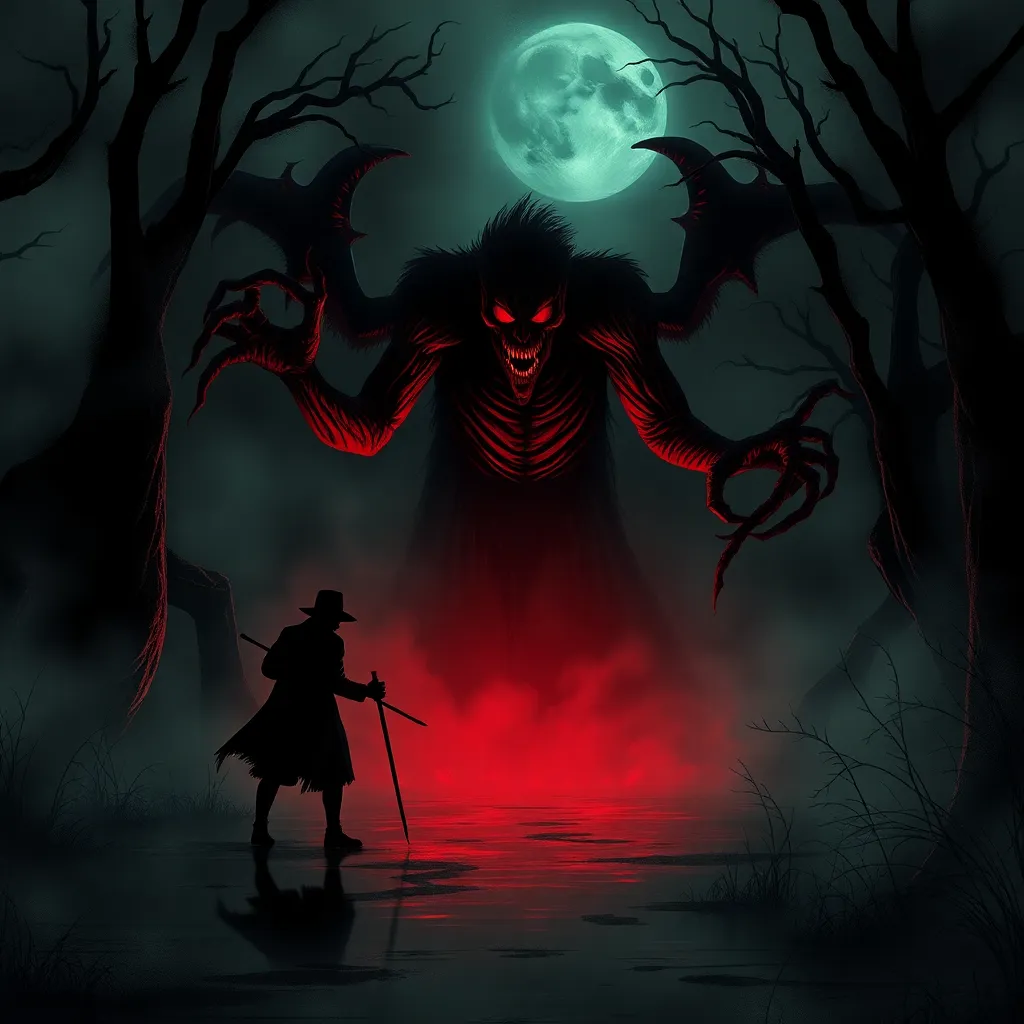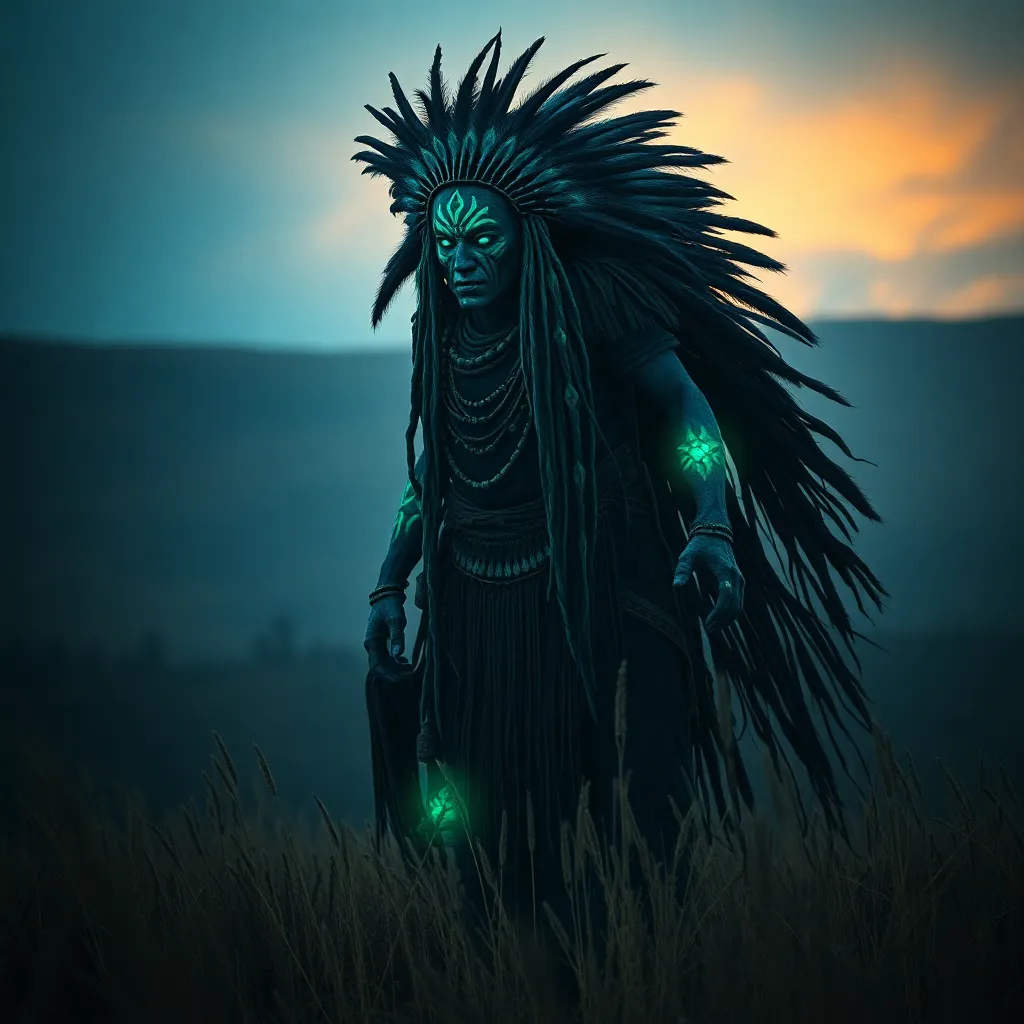The Hecatoncheires: Symbols of Power, Chaos, and Creation
I. Introduction
The Hecatoncheires, often referred to as the “Hundred-Handed Ones,” are fascinating figures in Greek mythology, representing the interplay of power, chaos, and creation. With their remarkable physical attributes and significant roles in ancient narratives, they embody themes that resonate through the ages. This article explores the origins, symbolism, and lasting legacy of the Hecatoncheires, shedding light on their importance in Greek mythology and beyond.
II. Origins and Mythological Background
A. Birth of the Hecatoncheires
The Hecatoncheires were born from the primordial beings Uranus (the sky) and Gaia (the earth). According to myth, they are three brothers: Briareus, Cottus, and Gyes. Each possessed one hundred powerful hands and fifty heads, making them formidable beings in the pantheon of Greek mythology.
1. Parentage: Uranus and Gaia
The union of Uranus and Gaia produced several offspring, including the Titans, Cyclopes, and the Hecatoncheires. Their birth was marked by chaos, as Uranus feared their power and imprisoned them deep within the Earth, a reflection of the tumultuous nature of their existence.
2. Description of their physical attributes
The Hecatoncheires stood out not only for their sheer number of limbs but also for their immense size and strength. Each of their hundred hands was capable of performing various tasks, symbolizing unparalleled power and the ability to influence the cosmos significantly.
B. Role in the Titanomachy
During the Titanomachy, the epic battle between the Olympian gods led by Zeus and the Titans, the Hecatoncheires played a crucial role.
1. Allies of Zeus
The Hecatoncheires sided with Zeus and the Olympians in their quest to overthrow the Titans. Their allegiance was pivotal, as they brought formidable strength to the conflict.
2. Their contribution to the defeat of the Titans
Using their immense power, the Hecatoncheires hurled massive boulders and rocks at the Titans, significantly contributing to the victory of the Olympians. Their actions not only secured Zeus’s rule but also established the Hecatoncheires as guardians of the new order in the cosmos.
III. Symbolism of Power
A. Representation of overwhelming strength
The Hecatoncheires symbolize overwhelming strength and the raw power of nature. With their hundred hands, they embody the idea that true power lies not just in physical might but also in the ability to effect change and maintain cosmic balance.
B. The Hecatoncheires as guardians of the cosmos
After the Titanomachy, the Hecatoncheires were tasked with guarding the imprisoned Titans in Tartarus. This role illustrates their transformation from chaotic beings to protectors of order, emphasizing their dual nature as both creators and destroyers.
C. Influence on later representations of power in literature and art
The imagery of the Hecatoncheires has influenced various artistic representations throughout history, serving as a symbol of authority and control. They have inspired countless artists and writers to explore themes of strength and power dynamics in their works.
IV. The Theme of Chaos
A. Connection to primordial chaos in Greek mythology
The Hecatoncheires are intrinsically linked to the theme of chaos, representing the unpredictable forces of nature. Their birth from Uranus and Gaia signals the chaos inherent in the universe before order was established.
B. The duality of chaos and order in the Hecatoncheires’ existence
While they were born from chaos, their alignment with Zeus signifies the struggle between chaos and order. This duality is a recurring theme in Greek mythology, where creatures embody both the potential for destruction and the capacity for creation.
C. How chaos is depicted through their actions and presence
Their actions during the Titanomachy highlight the chaotic nature of war, as the Hecatoncheires unleashed chaos upon the Titans. Their presence represents the unpredictable elements of the universe that can lead to both destruction and renewal.
V. Creation and the Role of the Hecatoncheires
A. Their contributions to the creation of the world
The Hecatoncheires played a vital role in shaping the world after the defeat of the Titans. Their strength facilitated the construction of mountains, rivers, and other natural features, contributing to the physical landscape of the Earth.
B. The Hecatoncheires as agents of cosmic balance
As guardians of the cosmos, the Hecatoncheires ensure that order prevails over chaos. Their role in maintaining balance is crucial, as they prevent the resurgence of the chaotic forces represented by the Titans.
C. Parallels with other creation myths in different cultures
The themes associated with the Hecatoncheires have parallels in various creation myths worldwide. For example:
- In Hindu mythology, the multi-headed deity Brahma represents creation and the balance of cosmos.
- In Mesopotamian myths, beings like the Apkallu serve as guardians and creators of civilization.
VI. The Hecatoncheires in Art and Literature
A. Depictions in ancient Greek art
In ancient Greek art, the Hecatoncheires are often depicted in vase paintings and sculptures, showcasing their immense size and multitude of limbs. These representations emphasize their power and chaotic nature, capturing the imagination of artists and viewers alike.
B. Influence on modern literature and pop culture
The Hecatoncheires have influenced modern literature, appearing in various works that explore themes of strength and chaos. They are often referenced in fantasy genres, symbolizing overwhelming power and the battle between order and chaos.
C. Symbolic interpretations in various artistic movements
Various artistic movements have drawn upon the symbolism of the Hecatoncheires, interpreting their form and function in diverse ways. For instance:
- Romantic artists depicted them as embodiments of nature’s raw power.
- Surrealists might interpret the Hecatoncheires as symbols of the subconscious, representing chaotic thoughts and emotions.
VII. Comparative Analysis with Other Mythical Beings
A. Similarities with other multi-limbed beings in mythology
Many mythologies feature beings with multiple limbs, often symbolizing power and chaos. For instance, the Hindu goddess Durga is depicted with multiple arms, representing her ability to combat evil and restore balance.
B. Contrasts with the Titans and Olympian gods
While the Titans represent primordial chaos and the Olympian gods symbolize order, the Hecatoncheires embody a blend of both. Their unique position in mythology allows them to navigate the complexities of power and chaos, setting them apart from both Titans and gods.
C. Broader implications for understanding chaos and power in myth
The existence of the Hecatoncheires raises important questions about the nature of power and chaos in mythology. They illustrate that strength can coexist with vulnerability, and that chaos can lead to creation as well as destruction.
VIII. Conclusion
In summary, the Hecatoncheires hold a significant place in Greek mythology, embodying the complex interplay of power, chaos, and creation. Their origins, roles in the Titanomachy, and lasting influence in art and literature contribute to their enduring legacy. The Hecatoncheires remind us that chaos and order are not mutually exclusive but are intertwined aspects of the universe. As we reflect on their significance, we recognize their relevance in contemporary discussions about power dynamics and the nature of existence.



